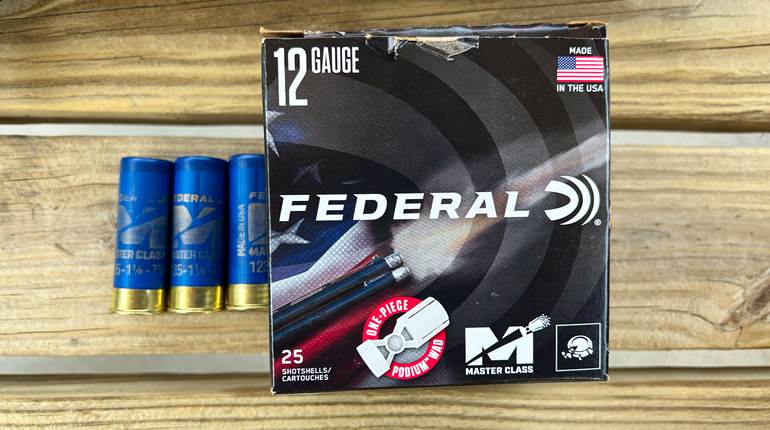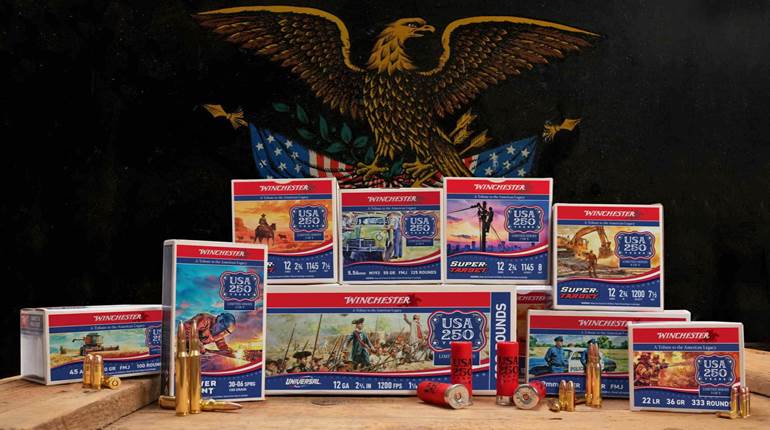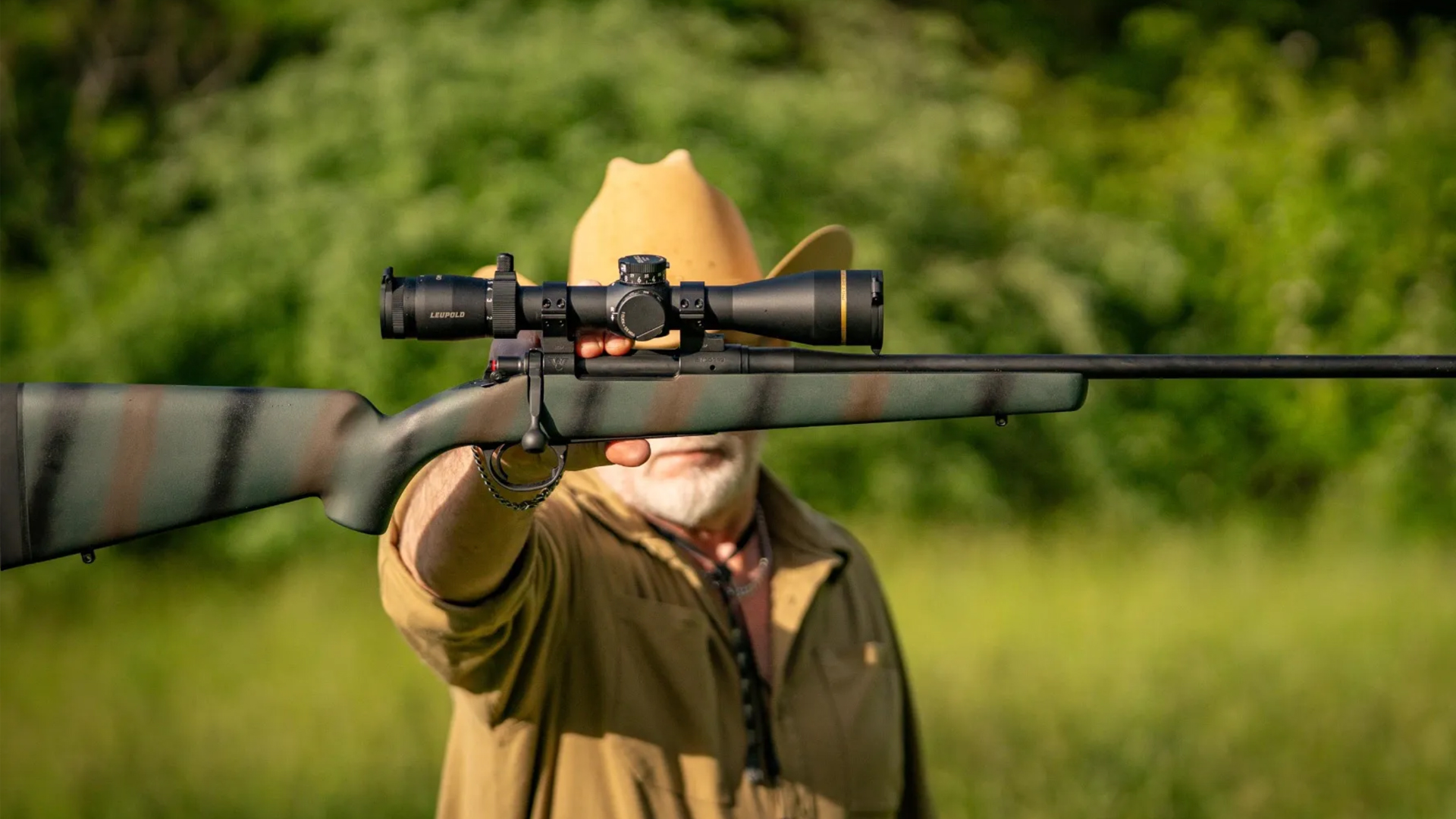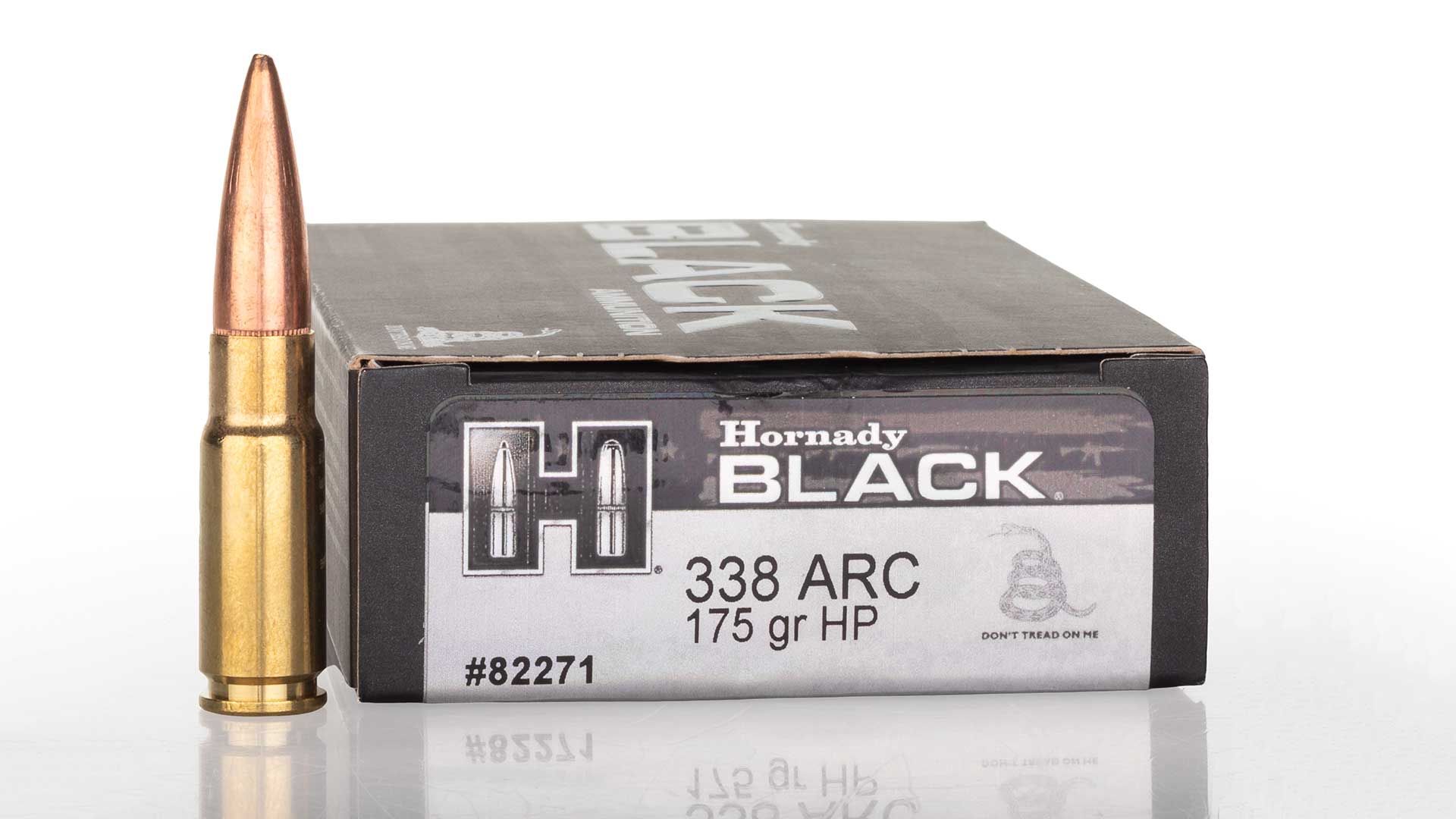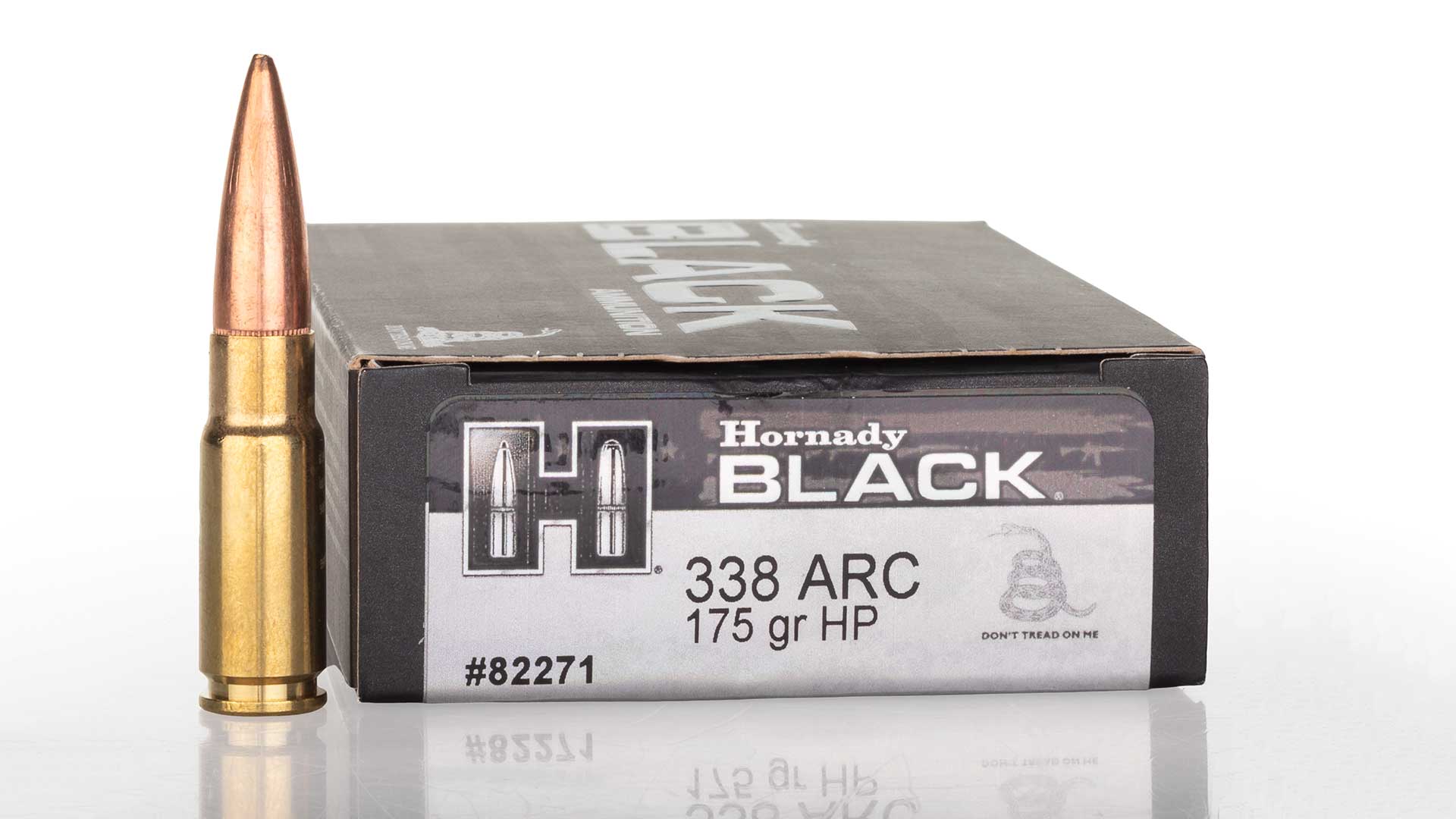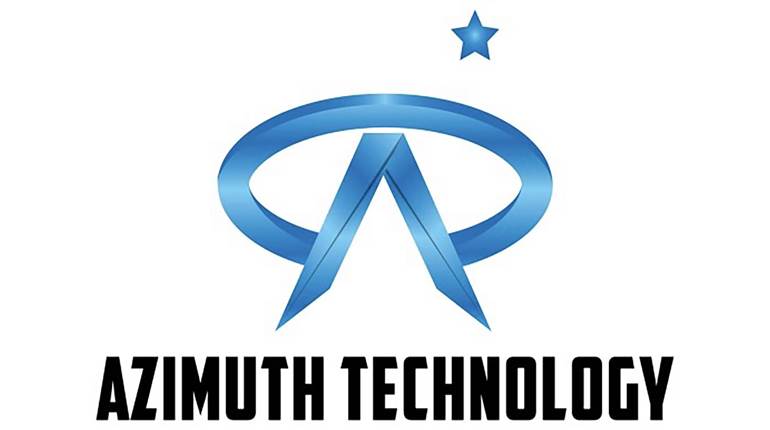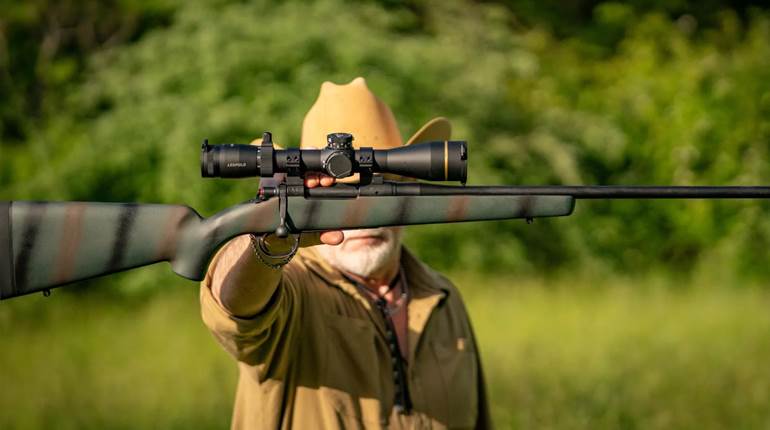
Americans have had a long love affair with the .30 cal., and the .30-'06 Sprg. has been - and continues to be - the benchmark by which all other cartridges are judged. From velocity and trajectory to terminal performance and recoil, the question is always, "How does it compare to the '06?" The receivers of most bolt-action rifles are made to accommodate the .30-'06 Sprg., so the quest was to develop a cartridge that shot flatter and hit harder, but was no longer than the '06 because of the plethora of actions available. The .300 H&H Mag. has been around since 1920, but its case is the same length as its parent, the .375 H&H, so it requires a magnum-length action.
Fred Huntington, founder of RCBS, began necking down the .338 Win. Mag. to .30 cal. in 1958. The .338 was the second cartridge in what was then referred to as "Winchester Short Magnums," the first being the .458 Win. Mag. These are not to be confused with the line of WSM cartridges that came out beginning in 2001. The first short magnums were basically .375 H&H cases cut to .30-'06 Sprg. length, necked to caliber and given appropriate shoulders. Huntington's .30-.338 wildcat enjoyed some success in the hunting environment, but most of its success has been in long-range target shooting.
The Swedish munitions company A.B. Norma Projektilfabrik attempted to cash in on America's enthusiasm for the .30-cal. craze with the introduction of the .308 Norma Mag. in 1960. Ballistically identical to the .30-.338, there are just enough dimensional differences in the two cartridges to prevent interchangeability.
Winchester brought its .300 Win. Mag. to market in 1963, but it didn't take the shape of a standardized version of the .30-.338. Instead Winchester pushed the shoulder forward about 1/8 inch, thus increasing case capacity. The resulting .300 Win. Mag. turned out to be one of the world's greatest game cartridges. With 10 percent more velocity across the bullet-weight spectrum and 20 percent more energy than the .30-'06 Sprg., it offered the performance increase many sought in a readily available, commercial .30-cal. cartridge that fit in a standard-length receiver.
Shooting a 180-gr. bullet at a muzzle velocity of 3,100 f.p.s. and zeroing it at 250 yards places the bullet just 3.4 inches high at 100 yards and 3.2 inches low at 300 yards, giving it a maximum-point-blank range of 334 yards for a plus-or-minus 6-inch kill zone. Recoil is noticeably stiffer than the .30-'06 Sprg., but is by no means uncontrollable in any rifle of sufficient weight and with a well-designed stock.
Handloading the .300 Win. Mag. isn't difficult or tricky, but one should keep a few things in mind. In order to take full advantage of the case capacity, it's best to use slower-burning powders, such as IMR 4350, Ramshot Magnum, Accurate MagPro or Hodgdon's H4831 and Retumbo. The flatter pressure curves these powders generate allow a bullet to be pushed at near peak pressure for a longer period of time, attaining a slightly higher velocity.
Another thing to consider is that the neck of the .300 Win. Mag. is somewhat shorter than those of other .30-cal. cartridge cases. Most of these cases have necks around .375-inch long. The .300 Win. Mag.'s neck is just 0.264 inches. This means that most bullets must be seated far into the case, impinging on powder capacity, in order to keep within the maximum overall cartridge length of 3.340 inches. It also means there will be slightly less purchase on the bullet by the case. Unless the handloader plans to crimp his bullets-not really a good idea in terms of accuracy-he may want to consider having the neck-expanding button ground down to 0.3065 inches to ensure enough neck tension to keep bullets from shifting during recoil. Having a machinist spin down one's expander button may be unnecessary, but if there is a problem with bullets wandering in the magazine, then spinning the expander button may solve the problem.
The belt on the .300 Win. Mag. is nothing more than a 0.029x0.020 inch bit of proud brass over the case head. A feature of the parent case, the .375 H&H Mag., it functions as the contact point for headspace. For a long, tapered case like the .375 H&H, which wasn't intended to be reloaded, the belt does its job well. It is also an effective marketing tool, giving the appearance of added strength to a powerful cartridge. But, in a relatively straight case like the .300 Win. Mag., it can be a nuisance. If the sizing die is adjusted to headspace on the belt and there is a somewhat sloppy chamber, the brass will expand to fill any void between the shoulder of the case and the corresponding point in the chamber. The brass tends to flow forward, and the weakest point is just ahead of the belt. That area thins and eventually fails. Handloaders might see case failure in as few as two or three reloads.
This phenomenon occurs in all bottleneck cartridges, but it is more pronounced in belted magnums. Many handloaders back the sizing die off one-quarter to one-half turn and lock the ring. This allows the case to headspace on the shoulder. Essentially, the handloader is only neck-sizing the case. Still, the .300 Win. Mag. is a pretty intense cartridge, and all that heat, velocity and downrange energy extract a toll. Even though I adjust my sizing die to headspace on the shoulder, I rarely get more than five reloads before I have to retire a case.
My experience with lighter weight .30-cal. Bullets – 100 to 130 grs. – in this cartridge is limited; however, I have not seen very much accuracy with the ones I have tried. Although the .300 Win. Mag. is often used as a long-range target cartridge, my experience is limited to hunting, so I'll start with the 150- and 165-gr. bullets. Though looked down upon by many today, traditional cup-and-core bullets perform very well within their limitations. The two that I started using many years ago are the Hornady 150-gr. Spire Point and the Sierra 165-gr. soft-point boattail, now called the GameKing.
These bullets can be driven as fast as 3,400 f.p.s., but I get my best accuracy at around 3,200 to 3,250 f.p.s. Eighty-three grs. of MagPro behind the Hornady 150-gr. Spire Point comes out of my 26-inch-barreled Kimber 8400 at 3,240 f.p.s. and can drop five rounds into a 13/4-inch group at 100 yards. At that velocity the bullet breaks up even in a small deer, but everything I've hit with it – from California blacktails to wild pigs – has died very quickly. The Sierra 165-gr. GameKing is another of my favorites. Pushed with 80.0 grs. of MagPro, it leaves the muzzle at 3,140 f.p.s. and five of them can go into 11/4 inches at the 100-yard line. The Swift Scirocco and Scirocco II at 165 grs. show some real potential as well. With 70.0 grs. of Ramshot Hunter, I can get 3,053 f.p.s. and groups right at 1 inches - often with three of the five cloverleafing.
Because of the relatively fast twist of 1:10 inch and the velocities generated by this cartridge, I feel it is at its best with longer bullets. Barnes' 165-gr. MRX bullet in front of 69.5 grs. of IMR 4350 yields a muzzle velocity of 3,071 f.p.s. and groups into slightly less than 11/4 inches. Given the toughness of this bullet I have no qualms taking on elk or moose with it. But the bullet that produced the best accuracy for me in recent tests was the Barnes 180-gr. TSX (Triple-Shock X-Bullet). At 1.389-inches long and with a nearly 3/4-inch long bearing surface, it groups consistently between 7/8 and 11⁄8 inches using either 68.9 grs. of IMR 4350 or 78.0 grs. of Ramshot Magnum. Though it is unlikely I could get the 3,100 f.p.s. claimed by some manufacturers for cup-and-core bullets, I am trying with some powders that may get the bullet to break the 3,000-f.p.s. barrier. I have not yet used this bullet on game, but other TSX bullets in calibers from .270 to .338 have performed perfectly on game for me thus far.
There are heavier .30-cal. Bullets – as much as 250 grs. – but for my uses they cost too much in terms of velocity and trajectory. If I feel the need for a heavier bullet than 180 grs. I'll step up to a .338 caliber.
The .300 Win. Mag. can certainly live up to the all-around cartridge moniker for North American game. Sure, it's a bit much for whitetails, but it surely does the job well. And for large bears, the current thinking is for a larger caliber like .338 or .375, but countless brown and grizzly bears have fallen cleanly to Winchester's big .30 cal. For whitetails in bean fields or across senderos, sagebrush mule deer or even most elk hunting, however, the .300 Win. Mag. is often just the ticket to a filled tag.












